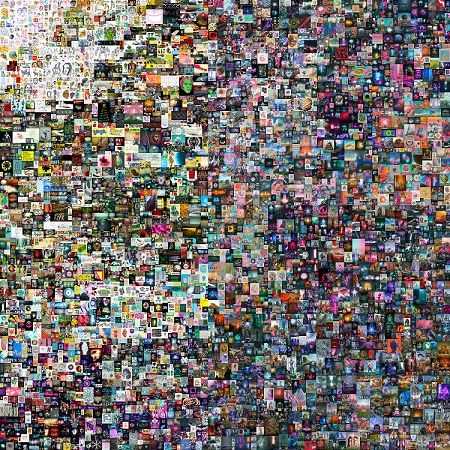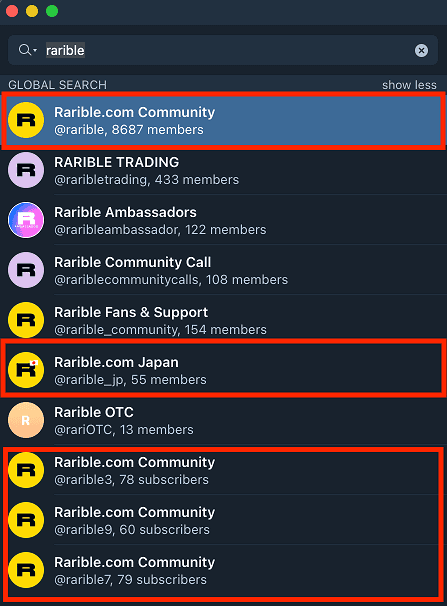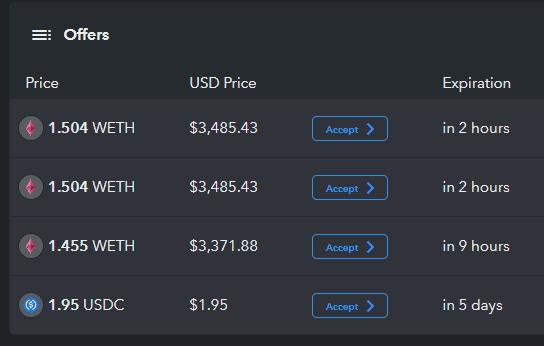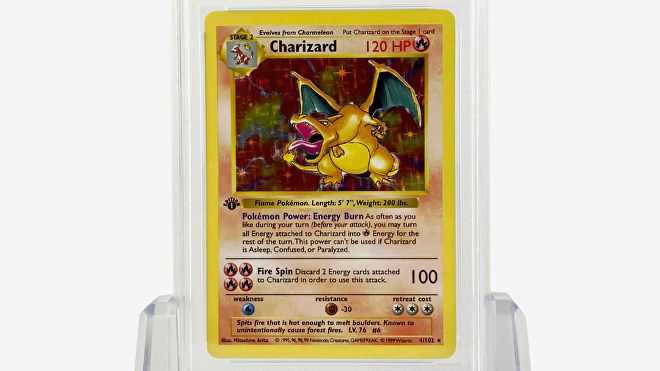NFTs are here to stay, but there are many in the space that don't know what an NFT actually is. And beyond that, they don’t know how to protect themselves when looking to get into the NFT market - which is important, because there are people out there looking to make a victim out of you.

I have an NFT - What scams should I be aware of?
Scams have run rampant in the crypto space for years, and NFT-related scams are increasing every day. As a relatively new (and very popular) trend, it has been the target of quite a lot of scams to try to capitalize off of the hype.
Scams that are prevalent now:
Artist impersonation. This is where someone steals artwork from a digital artist and mints it as their own. They try to sell popular NFTs at a very low price and end up selling some before their profiles are taken down. Words of advice here: If it is too good to be true, it’s probably best to stay away from it. Second, always check to make sure that the artist you are buying from is verified (or the product from the holder is verified).
Brand impersonation. This has been a common scam in cryptocurrency since day one and has made its way into the NFT area as well. Never give your private keys out to anyone, never enter your private keys online anywhere, and always be aware of where you are browsing for NFTs. MetaMask has been a great tool to connect to access dapps, but be aware of what permissions you are giving these dapps. Practice proper safety and security online and you won't need to spend too much time actively worrying about this. If you find someone acting illegitimately, report the account so that you may save someone else down the road.

Fake storefronts will pop up using similar or keywords from the original store’s URL. The site will look similar to the website that you are familiar with and then they may attempt to trick you into buying a counterfeit NFT or give them your private key. Pay attention to the URL and how you were directed to the site, and if you come across any, report them.
Deceitful bidding. Once you own an NFT, you will most likely connect your wallet to OpenSea, which is a great place to browse, buy, and sell NFTs, but also contains risks to be aware of. A lousy scam that has popped up lately on OpenSea is where people will bid what you are asking to sell your NFT for, but using USDC coin - not WETH or ETH. Seems easy enough to avoid, but some scammers push this further by changing their profile picture to show the WETH logo in their photo so that you may think, “Wow, someone just bid 5.3 WETH for my piece!” without actively checking, and you quickly sell - only to find you were rewarded with 5.3 USDC. The best method for avoiding this is simple: be patient and take your time when sorting through your bids. This should be seen as common sense, but scammers do trick people this way. To escalate it one step further, head over to the Discord server of the NFT to report the person doing it and have them banned if they are there.

There are a wide variety of scams out there, but if you are aware of these common scams - you will do well in keeping yourself and your tokens safe. Having a hardware wallet will add an extra layer of security for you as well - if you have a significant investment into NFTs I would strongly recommend looking at getting a Ledger or a Trezor.
Back to basics: WTF is an NFT?
What does Non-Fungible Token actually mean?
Fungibility is defined by Merriam-Webster as:
"being something (such as money or a commodity) of such a nature that one part or quantity may be replaced by another equal part or quantity in paying a debt or settling an account"
For example, Ethereum and Bitcoin are both fungible. There is nothing unique about the ETH that I hold, versus the ETH that you hold - they are the exact same and equally fungible. Outside of crypto if I show you my Holographic Charizard, that is an example of a non-fungible item. Other examples of non-fungible items are things like baseball cards, cars, and even houses.

NFTs factor into all this by being a token on the blockchain that is tied to and represents a unique non-fungible item, such as the 10,000 uniquely individual CryptoPunks. Other examples that are quite popular now include Dreamloops, Bored Ape Yacht Club, and NFTBoxes from Pranksy.
Breaking Down NFTs on the Blockchain
ERC-20 is the token standard that you’re likely already familiar with - it is the current standard of "fungible" ETH tokens. The ERC-20 standard was implemented in 2015 and introduced token contracts for the first time. This eventually gave way to new markets and tokens in the Decentralized Finance (or DeFi) space.
ERC-721 dropped in early 2018, and the EIP (Ethereum Improvement Proposals) first described NFTs as deeds, which still happens to be a great summary. Owning an ERC-721 means that you own a unique NFT (which can also be viewed as the deed to whatever art/music/etc that is attached to it) on the Ethereum blockchain. NFTs were popping up here and there before ERC-721 came out, including the cult-favorite CryptoPunks. LarvaLabs, the creator of CryptoPunks changed a bit of the ERC-20 code so each token they sent out to initial adopters was its own unique ERC-20-like token (LarvaLabs describes it as “almost an ERC-20 token”). The work that the team at LarvaLabs did was some of the early inspiration for the ERC-721 standard.
Now we come to the latest piece in Ethereum token standards of today and that is ERC-1155. ERC-1155 combines both ERC-20 and ERC-721 to create a token that can be fungible, non-fungible, or even semi-fungible. Semi-fungible tokens could revolutionize ticketing to concerts, sporting events, or even to act as simple as coupons for your local grocery store, but many organizations have not yet pushed into that space.
ERC-1155 works towards bridging all the standards together into one token. This works well for NFTs that are not truly 1-of-1, where there are multiple copies of each one made (ex. 100/100). Games that are run off the blockchain are able now to mint ERC-1155 tokens in a non-fungible state as in-game items and in a fungible state as in-game points. Creators are also able to mint tokens using less gas because you can combine the non-fungible/fungible tokens in a single smart contract. ERC-1155 is truly the best of both worlds, but it is all situational in what type of token you are working with.

The NFT market is still fairly new and can be dangerous. If you stay vigilant you should have no problem navigating the open seas of NFTs (pun intended). These common scams should increase your awareness, but should not scare you off from getting into the market. Whether it be for investing, collecting, or just because you respect the artist or love the piece, get out there and do it! The NFT community is strong and tight-knit, and any member of the community would be more than happy to help with anything. If you enjoyed this article, feel free to take a look at the previous one we published on the relationship between NFTs and IPFS.